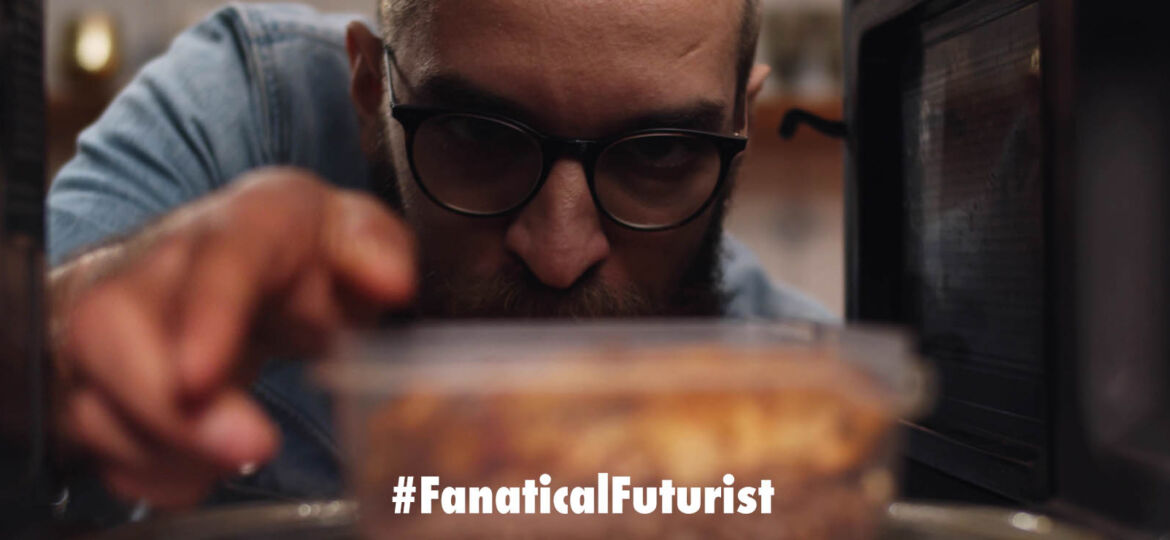
WHY THIS MATTERS IN BRIEF
We need to find new ways to transport hydrogen effectively and safely, and while canisters are one way Toyota probably needs something that provides people with alot more “umpfff!” But it’s a start.
 Love the Exponential Future? Join our XPotential Community, future proof yourself with courses from XPotential University, read about exponential tech and trends, connect, watch a keynote, or browse my blog.
Love the Exponential Future? Join our XPotential Community, future proof yourself with courses from XPotential University, read about exponential tech and trends, connect, watch a keynote, or browse my blog.
One of the myriad issues with hydrogen as a clean energy source is infrastructure because it’s very expensive to move around and store an extremely explosive gas, and even though a company in California recently transported hydrogen via the traditional gas network how to get hydrogen from where it’s produced to where it needs to be is a major hurdle that needs to be overcome if it’s ever to go fully mainstream in anything but aircraft, cities, homes, trucks, factories, and other “big” power hungry things.
Now though Toyota and its subsidiary Woven Planet believe they may have a solution with a new portable hydrogen cartridge prototype. The idea is that they can be filled up at a dedicated facility, transported where needed, then returned when you receive your next shipment – just like gas canisters are today.
The Future of Energy 2050, by Keynote Speaker Matthew Griffin
The cartridges would be relatively small at 16 inches long, 7 inches in diameter and about 11 pounds in weight. Toyota calls them “portable, affordable, and convenient energy that makes it possible to bring hydrogen to where people live, work, and play without the use of pipes … [and] swappable for easy replacement and quick charging.”
They could be useful for “mobility [such as hydrogen cars], household applications, and many future possibilities we have yet to imagine,” Toyota said. It didn’t mention any specific uses, but it said that “one hydrogen cartridge is assumed to generate enough electricity to operate a typical household microwave for approximately 3 to 4 hours.” And if that’s as good as they get then I for one am going to stick to good old solar power for now …

Courtesy: Toyota
In its press release, Toyota acknowledges that most hydrogen is made from fossil fuels and so not exactly green, but it thinks that it’ll be generated with low carbon emissions in the future, and that the cartridges could help with some of the infrastructure issues.
Toyota plans to test that theory by conducting proof of concept trials in various places, including its “human-centered smart city of the future,” Woven City in Susono City, Zhizuoka Prefecture in Japan. The company is also “working to build a comprehensive hydrogen-based supply chain aimed at expediting and simplifying production, transport, and daily usage,” it said.
Hydrogen is an impractical fuel for automobiles, mainly due to the expense and lack of places to refuel. It’s more viable for things like trains and semi trucks, where electrification can be more of a challenge. It also holds promise for air transportation, as batteries are too heavy to be practical in that situation. However, Toyota seems to be pitching the cartridges for personal and home use, but it’s not yet clear what you’d use them for.
















